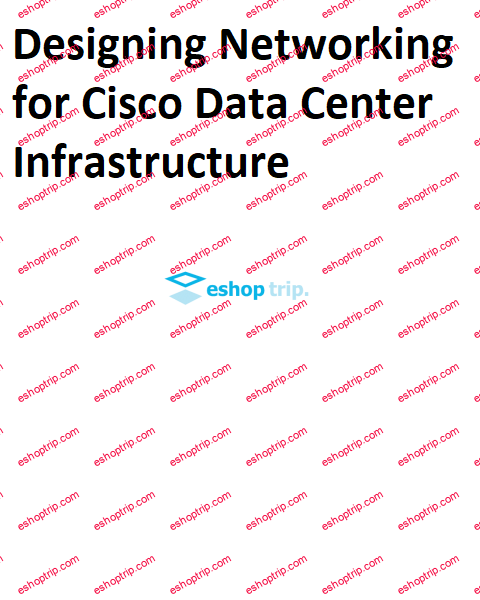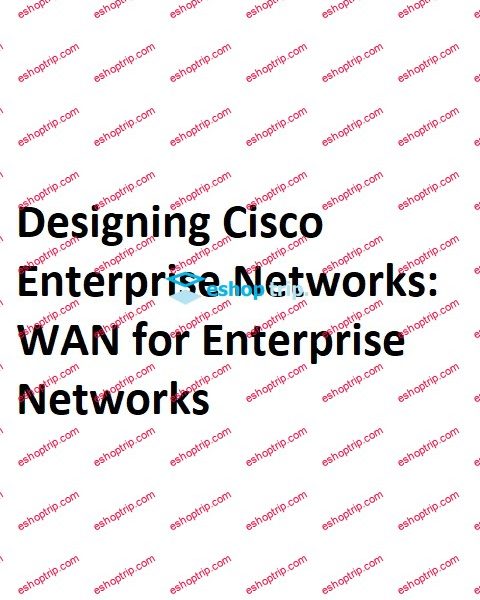Last updated 1/2024
Duration: 1h 39m | Video: .MP4, 1280×720 30 fps | Audio: AAC, 48 kHz, 2ch | Size: 761 MB
Genre: eLearning | Language: English
Network Administration + IT Computer Network Fundamentals + Theory + Network Engineering + Networking Essentials Part 4
What you’ll learn
Network Administration
Networking Essentials
IT Computer Networking
Network Fundamentals and Theory
Network Engineering
What is BYOD and What Should be Considered?
Why Online Collaboration is Important? And What Network Administrators Should Do?
Video Communications in Networks
Advantages of Cloud Computing and What Network Engineers Do!
BYOD – VPN – NAC – MDM – Authentication – Segmentation – Monitoring – Security
Online Collaboration – Communication – Document Sharing – File Sharing – Tools
Video Communications – Internet Connectivity – VPN – DRP – QoS – HA – AAA
Cloud Computing – Scalability – Reliability – Availability – Load Balancing
Requirements
No requirements! I will tell you!
Description
This comprehensive course delves into the intricacies of Network Administration and Networking Essentials, focusing on cutting-edge topics crucial for the modern IT landscape. In Part 4, participants will explore the dynamic intersection of technology and user-driven trends. The course begins with a deep dive into BYOD (Bring Your Own Device) and its implications for network security and efficiency. Participants will examine considerations, policies, and best practices to navigate the challenges posed by the diverse array of devices accessing corporate networks. The course then transitions to the pivotal role of online collaboration in contemporary workplaces. Students will understand why online collaboration is paramount and the specific responsibilities of Network Administrators in facilitating seamless connectivity and secure data exchange. Video Communications in Networks takes center stage, exploring protocols, optimizations, and troubleshooting techniques to ensure effective video communication within networks. Advancements in cloud computing are explored in the latter part of the course, elucidating the advantages it offers and the pivotal role of Network Engineers. Participants will gain insights into cloud architecture, deployment models, and the strategic decisions network professionals must make to harness the power of cloud computing securely.
In today’s interconnected workplace, employees bring a variety of personal devices into the corporate network. BYOD enhances flexibility and productivity but introduces security risks. Understanding BYOD is crucial for Network Administrators to implement robust policies, ensuring secure access and safeguarding sensitive corporate data. Considerations such as device management, data encryption, and network segmentation are vital to strike a balance between user convenience and network security.
Online collaboration has become integral to modern work environments, especially with the rise of remote and global teams. Network Administrators play a pivotal role in optimizing network infrastructure to support seamless collaboration tools. They must prioritize bandwidth, reduce latency, and implement secure protocols to facilitate real-time communication. The course emphasizes the significance of Network Administrators in fostering efficient and secure online collaboration environments.
Video communication is pervasive in business and personal interactions. Network Administrators need to optimize networks for high-quality video streaming, ensuring minimal latency and jitter. The course covers video communication protocols, bandwidth considerations, and troubleshooting techniques. As businesses increasingly rely on video conferencing, Network Administrators must possess the skills to provide a smooth and reliable video communication experience for users.
Cloud computing offers scalability, cost-efficiency, and flexibility, revolutionizing the way IT resources are managed. Network Engineers are essential in designing and maintaining the network infrastructure that connects organizations to cloud services. Understanding the advantages of cloud computing equips Network Engineers to make informed decisions about cloud adoption, data storage, and security protocols. The course explores these advantages and provides insights into the role of Network Engineers in optimizing network connectivity to cloud environments.
Who this course is for
IT Professionals
System Administrators
Desktop Support Technicians
Network Administrators
IT Managers and Directors
Security Professionals
Database Administrators
Web Developers
Telecommunications Professionals
Computer Science Students
Entrepreneurs and Small Business Owners
Help Desk Technicians
IT Enthusiasts and Hobbyists
Anyone Considering a Career Change to IT
System Architects
Cloud Computing Professionals
Project Managers
Homepage
https://www.udemy.com/course/network-administration-networking-essentials-part-4










